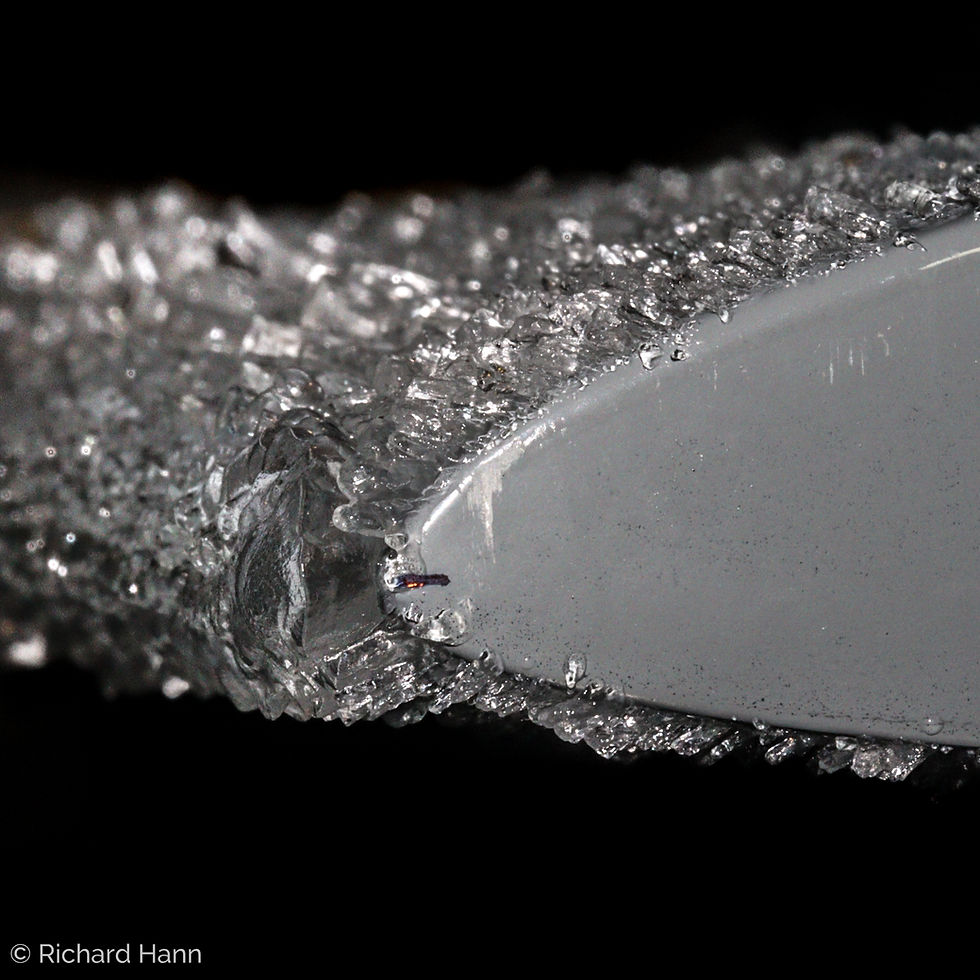Why and when do UAVs need an ice protection system?
- Aug 4, 2020
- 3 min read

04.08.2020
The unmanned aerial vehicle (UAV) market is growing and UAVs are being used for more and more tasks. Package delivery, construction work and military surveillance are just some examples of the many applications with large future potential. In a report by Markets and Markets, the compound annual growth rate is forecast to be 15,5% and the market size to reach USD 45,8 billion by 2025. This is in line with previous reports, predicting an annual growth between 10 and 20%.
While unmanned aircraft have huge future potential, there are some risk factors that can severely limit their use. One of the risks is in-flight icing, also called atmospheric icing. In-flight icing occurs when a UAV flies into a cloud and encounters supercooled water droplets, which then freeze on the surface of the UAV. These conditions can occur at any time of the year, around the world, and in the worst case lead to the UAV crashing. Besides being a risk to the aircraft itself, it can also endanger people when flying over populated areas.
An ice protection system detects and removes the ice, making it safe for unmanned aircraft to fly in cloud conditions.

Which UAV applications can benefit from an ice protection system?
An important distinction is to be made between UAVs that operate within visual line of sight (VLOS) and UAVs that operate beyond visual line of sight (BVLOS).
A hobby drone used for photography is a typical example of a UAV operating within visual line of sight. The pilot is looking at the UAV all the time and can therefore avoid flying into clouds. In most cases, an ice protection system is not needed.
In contrast, all UAVs that operate beyond visual line of sight are exposed to in-flight icing. They run a risk of encountering clouds without the on-ground pilot noticing. Therefore, all BVLOS UAVs can benefit from an ice protection system.
Which UAV applications have the biggest need of an ice protection system?
While all UAVs that operate BVLOS can benefit from an ice protection system, some applications need the protection more than others. The largest benefit is for unmanned aircraft that need to be operated in colder regions. These UAVs can be roughly divided into four groups.
Emergency applications These are UAVs that must fly, no matter the conditions. Their use is critical and they cannot wait for better weather. Examples of emergency applications are search and rescue, and emergency delivery of medicine and other goods.
High availability applications Package delivery, urban air mobility, infrastructure inspections and marine operations are all examples of UAV applications that need high availability. These are commercial applications that need to work regardless of time and conditions. If they don’t, the service will be worse and the companies will end up losing money.
Science applications These are applications that actively want to fly into clouds, mostly for atmospheric science reasons. Meteorology and cloud physics are examples of science UAV applications.
Defense applications Finally, defense applications need to fly reliably no matter the conditions. Examples of defense UAV applications that need ice protection systems are search and rescue, border patrol and reconnaissance.
UBIQ Aerospace has developed D•ICE, the world's only autonomous ice protection solution for unmanned aircraft. Find out more about the D•ICE technology here.
For more insight on UAV icing, see SAE EDGE™ report “Unsettled Topics in Unmanned Aerial Vehicle Icing” written by Richard Hann, System Analyst, and Aerodynamics Expert at UBIQ Aerospace.




Comments